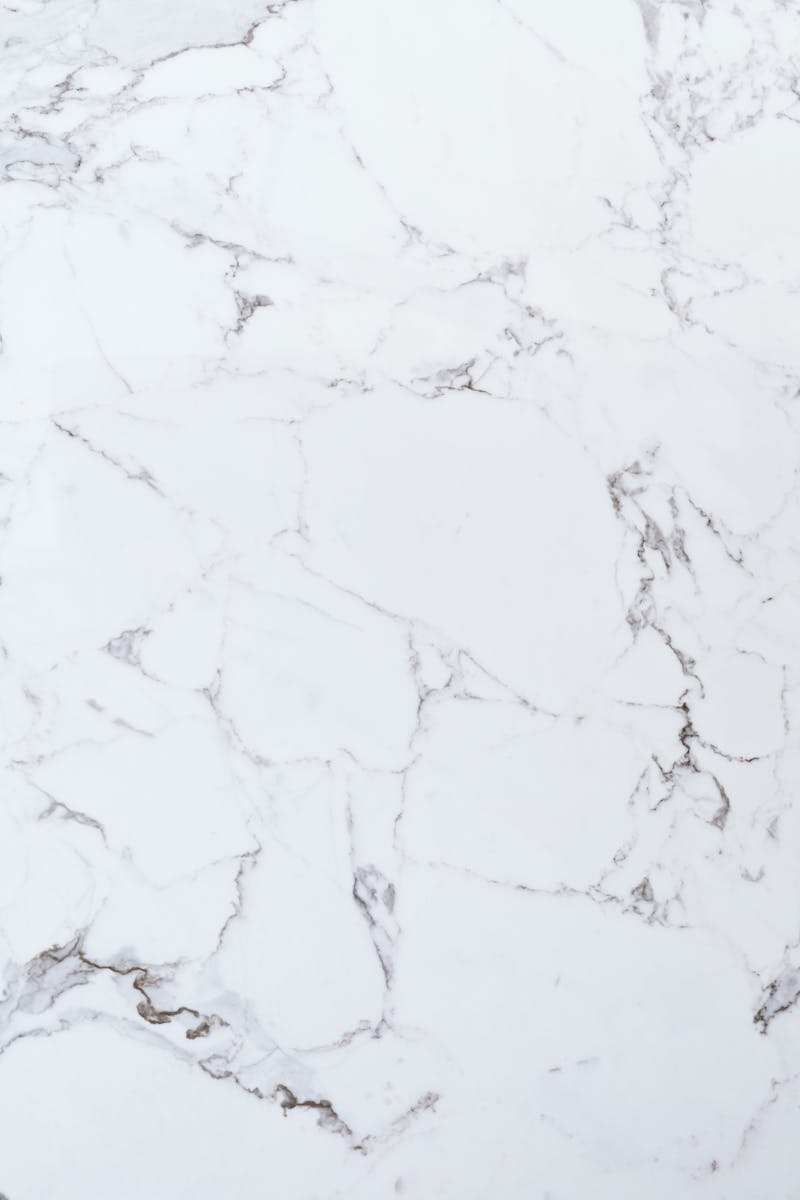Maintenance Tips for Preserving the Beauty of Calacatta Marble
Calacatta marble is a timeless and elegant material that has been adorning luxurious spaces for centuries. With its characteristic bold veining and predominantly white background, this type of marble is revered for its ability to turn any interior into a statement of sophisticated design. However, as exquisite as it is, Calacatta marble requires a high level of maintenance to ensure it retains its luster and remains an outstanding feature in your home.
Understanding the nuances of caring for Calacatta marble is essential for homeowners and interior design enthusiasts who have chosen this material for their countertops, floors, or other surfaces. In this guide, we will walk you through the dos and don’ts of preserving the beauty of Calacatta marble so you can enjoy its splendor for years to come.
Understanding Your Calacatta Marble
Before you initiate any cleaning or maintenance routine, it’s crucial to understand the specific qualities of Calacatta marble. Unlike other types of marble, Calacatta has a more delicate, possibly softer structure with more maintenance needs.
The white backdrop often means that any blemish or damage is immediately noticeable – an attribute that commands attention to detail in its care. The contrast provided by the distinctive gray or gold veining introduces an element of both strength and grace, making this marble a beloved addition to luxurious interiors.
Regular Cleaning and General Maintenance
The key to preserving your Calacatta marble is regular cleaning. Here are the steps you can take to maintain the surface’s beauty and integrity:
Daily Cleaning
For daily maintenance, simply wipe the surfaces with a soft cloth or sponge and a mild detergent. Be sure to avoid abrasive materials that can scratch the surface or dull the shine of the marble. The use of pH-neutral soaps will reduce the risk of etching, which is a common issue with Calacatta due to its calcium carbonate composition.
Spills and Stains
Address spills promptly to prevent staining. Blot the area with a paper towel or a clean, soft cloth to soak up the liquid. For tougher stains, make a paste of baking soda and water or use a mild dishwashing liquid to absorb the stain before rinsing with warm water.
Sealant Application
Sealing your Calacatta marble is essential for protection. This process should ideally be completed upon installation and then reiterated every 6-12 months, depending on use. The sealant acts as a barrier to prevent staining but does not make the marble impervious, so regular cleaning is still imperative.
Calacatta Marble Dos and Don’ts
When it comes to maintaining Calacatta marble, there are certain practices you must adhere to and others you should avoid at all costs. Here is a list of Dos and Don’ts to follow:
The Dos:
- Use Trivets and Coasters: Always use trivets or coasters under hot dishes, cookware, and drinks to prevent thermal shock and damage to the surface.
- Use Cutting Boards: When preparing food, cut only on cutting boards to avoid scratches and damage to the Calacatta marble.
- Blot Spills Promptly: Accidents happen, and the best course of action is to blot spills immediately to avoid staining.
- Routine Sealing: Maintain a schedule for reapplying sealant to ensure that your marble remains protected.
The Don’ts:
- Use Acidic Cleaners: Avoid using vinegar or lemon-based cleaners, which can etch and stain the marble.
- Leave Standing Water: Prolonged exposure to water can cause discoloration and damage, so ensure surfaces are kept dry.
- Harsh Cleaning Tools: Do not use abrasive cleaners, scrub brushes, or steel wool, as they can scratch and dull the surface.
- Heavy or Abrasive Objects: Refrain from dragging heavy items across the surface, which can also lead to scratching.
Dealing with Tough Stains and Etching
Despite your best efforts, tough stains and etching can still occur. Here’s what you can do to manage these issues:
Stains
For organic stains (like coffee, tea, and wine), make a poultice using 12% hydrogen peroxide and a few drops of ammonia. For oil-based stains (like grease, or cooking oil), use acetone as a cleaning agent.
Apply the poultice to the stained area, then cover with plastic wrap and tape down the edges. Leave the poultice on for 24-48 hours, then remove and wipe the area clean. If the stain persists, repeat the process until satisfied.
Etching
If etching occurs – typically as a result of acidic substances coming into contact with the marble – polishing with a marble polishing powder may be necessary. This process should be undertaken with care, and you may want to consult a professional if the etching is extensive.
Always test any cleaning solution or method in an inconspicuous area first to ensure the best results and to avoid causing additional damage.
Preventative Measures
In addition to regular cleaning and prompt action against spills, there are further steps you can take to protect your Calacatta marble.
Consistent Maintenance
Consistency is key when it comes to maintaining your Calacatta marble. Establish a routine that works for you, and always keep an eye out for any signs of damage or wear. Proactive care is much easier than reactive measures.
Professional Assistance
If you’re unsure about a cleaning method or if you notice significant damage, it’s best to seek professional assistance. Professional marble restoration services can help bring back the original beauty of your marble and may be necessary for deep cleaning and severe stains.





